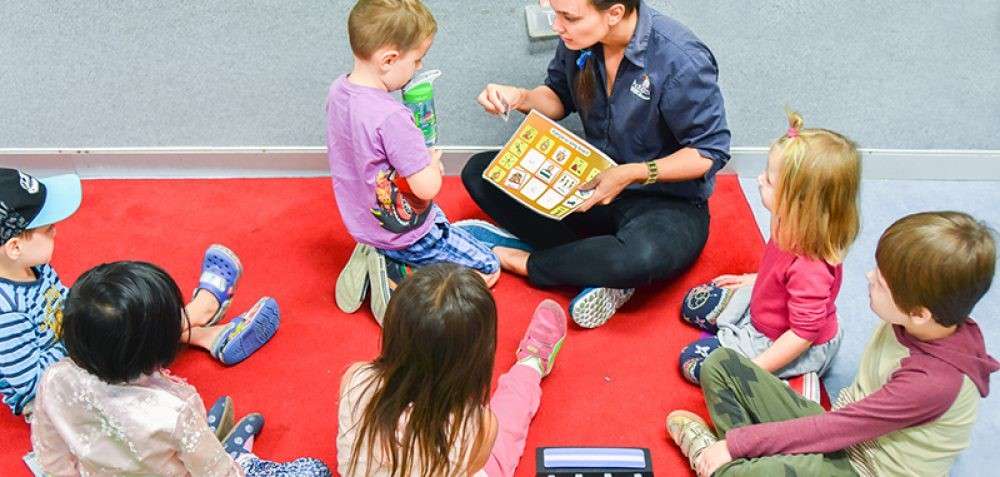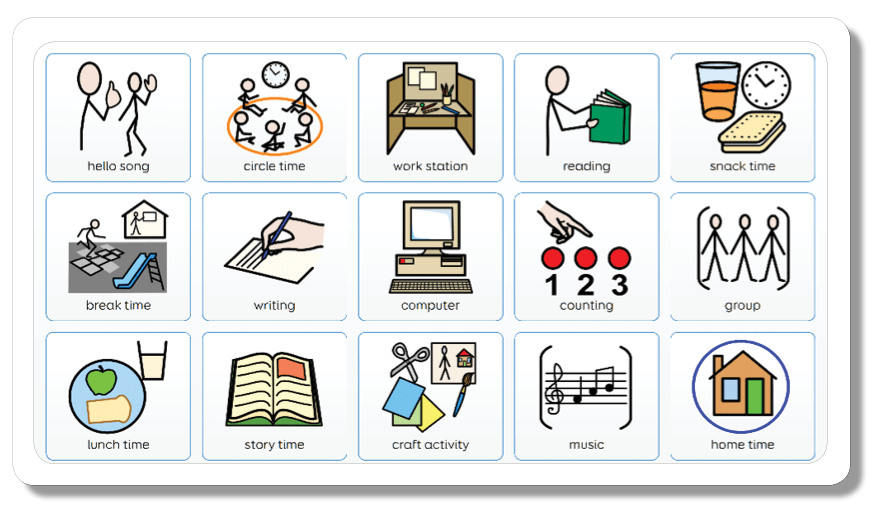
Pointing is a fundamental gesture that serves as a bridge between communication and understanding. For children, particularly those with autism spectrum disorder (ASD), mastering pointing can significantly enhance their ability to express needs, desires, and observations. In this article, we delve into why pointing is crucial for child development and explore effective strategies for teaching this skill to children with autism.
Why is Pointing Important?

Communication: Pointing serves as an early form of communication, allowing children to indicate objects or events of interest to others. It enables them to express their needs, preferences, and observations, fostering interaction and social engagement.
Joint Attention: Pointing facilitates the development of joint attention, wherein a child and a communication partner share focus on an object or activity. This foundational skill is essential for language development, social interaction, and learning from others. For instance, if a child looks at aeroplane and points for the parent, then he is engaging in a meaningful social interaction.
Understanding Perspectives: Pointing helps children understand that others have different perspectives and intentions. By pointing to objects or events, children learn to acknowledge and respond to the interests and intentions of those around them, promoting empathy and social reciprocity.
Prelinguistic Skills: Pointing is considered a prelinguistic skill that precedes spoken language development. Mastering pointing lays the groundwork for later language acquisition, as it involves symbolic representation and the ability to convey meaning without words.

Teaching Pointing to a Child with Autism:
Let’s walk through a real-life example of teaching pointing to a child with autism using a scenario involving a familiar activity: mealtime.
Vibhor is a 5-year child who falls under the Autism Spectrum. He is a single child, is now able to follow simple instructions, has a good behaviour control and can express his needs through gestures. The target goal is to make him point whenever he wants something. The family is working with him during the mealtime in the given scenario. They are sitting on a dining chair and eating noodles.
Model and encourage:
Begin by modeling pointing gestures yourself and providing positive reinforcement when the child imitates or responds to your pointing. Use simple, clear language to label objects or actions as you point to them, reinforcing the connection between the gesture and its meaning.
In the above scenario, the parent begins by sitting with the child at the dining table.
As the parent serves different foods, they model pointing by saying, “Look, here’s your favorite, the noodles!” while gently pointing to the plate of noodles.
The parent maintains eye contact with the child and encourages them to imitate the pointing gesture by saying, “Can you point to the noodles?”
Use Visual Supports:

Visual supports, such as picture cards or visual schedules, can enhance understanding and facilitate communication for children with autism. Incorporate pointing into visual activities by encouraging the child to point to pictures or symbols to make choices or express preferences.
To enhance understanding, the parent in above scenario may use visual supports such as a picture card with images of different foods.
The parent holds up the picture card and asks Vibhor, “Which one do you want to eat? Can you point to the pizza?” The child is encouraged to point to the corresponding picture card to indicate his choice.
Create Opportunities for Practice:

Create opportunities for the child to practice pointing in various contexts throughout the day. Encourage pointing during play, mealtime, and other daily routines, gradually expanding the range of objects and situations in which pointing is encouraged.
Throughout the meal, the parent continues to create opportunities for the child to practice pointing.
For example, if Vibhor reaches for a drink, the parent can prompt them by saying, “Do you want the water? Point to the cup if you do.”
The parent provides positive reinforcement each time the child successfully points to indicate their preference.
Provide Prompting and Support:
Offer gentle prompts and support to help the child develop pointing skills. Use hand-over-hand guidance or verbal cues to assist the child in pointing to objects or directing attention to specific events. Adjust the level of support based on the child’s individual needs and abilities.
If Vibhor struggles to point independently, the parent offers gentle prompting and support.
They may place their hand over the child’s hand and guide their finger to point to the desired object while saying, “Let’s point to the milk. Like this.”

Foster Joint Attention:
Engage in activities that promote joint attention and shared focus. Play interactive games, turn-taking activities, and joint play with toys or objects of interest. Encourage the child to point to objects or actions that capture their attention. This will reinforce the connection between pointing and social interaction.
For instance, during mealtime, the parent engages Vibhor in joint attention activities to promote shared focus.
They might point to different items on the table saying, “Look at the bread! Can you point to it too?” The child can be encouraged to point the same.
The parent acknowledges and praises the child’s efforts to point and share attention.

Be Patient and Persistent:
Teaching pointing to a child with autism may require patience and persistence. Celebrate small successes and remain consistent in your efforts to reinforce pointing as a means of communication and social interaction.
In the above given example, throughout the mealtime interaction, the parent remains patient and persistent, understanding that learning to point may take time.
They celebrate each instance of successful pointing and continue to reinforce the connection between pointing, communication, and shared experiences.
By incorporating pointing into everyday activities like mealtime, parents and caregivers can provide meaningful opportunities for children with autism to practice and develop this essential communication skill in a natural and supportive environment.
Conclusion:
Pointing plays a vital role in communication, social interaction, and language development for children, including those with autism spectrum disorder. By understanding the importance of pointing and employing effective teaching strategies, parents, caregivers, and educators can support children with autism in acquiring this fundamental skill, empowering them to express themselves and engage meaningfully with the world around them.
To read more article on Autism or child development by Jaisika Goel click on the blog link also read and understand more on behavior therapy techniques in Autism

This is really helpful to teach kids with Autism.
One should write the instructions on a paper to make them understand clearly and it would be easy for the kids to remember.. lesser the verbal communication..this will surely help them learning..and you mentors(all the teachers n Jaisika) are doing fab job..3 cheers for you all and blessings to the children
This is very important and informative. This helps to encourage parents. Parents will understand the basics and came to know that before build a building you need to dig the foundation.
Empowering the base
Very useful info to be shared with all beneficiaries. Alongwith With pointing sight words can be introduced to the child for a more stronger indepth understanding ,clarity and usage. Well done Team.
ईश्वर यदि किसी को कहीं कुछ कम देता है तो उस की पूर्ति कुछ अन्य विशेष गुणों को अवश्य प्रदान कर करता है ।यही कुछ विशेष आवश्यकता वाले बच्चों के साथ है उनके अंदर व्याप्त विशेष गुणों को पहचान कर आगे बढ़ना व उनकी क्षमता के अनुरूप शिक्षक व अभिभावकों का संतुलित व्यवहार अत्यंत महत्वपूर्ण है।जिस प्रकार विभिन्न क्रियाकलापों के साथ उनके साथ समुचित व्यवहार आपके द्वारा सुझाया गया है वह व्यवहारिक एवं सराहनीय है।भविष्य में भी आपके अनुभव युक्त महत्वपूर्ण मार्गदर्शन इस दिशा में जरूरतमन्दों को मिलता रहेगा इस अपेक्षा के साथ आपको आपके प्रशंसनीय प्रयासों के लिये बहुत बहुत साधुवाद।